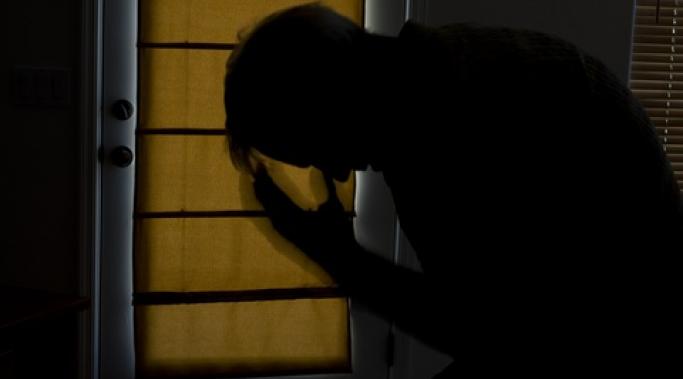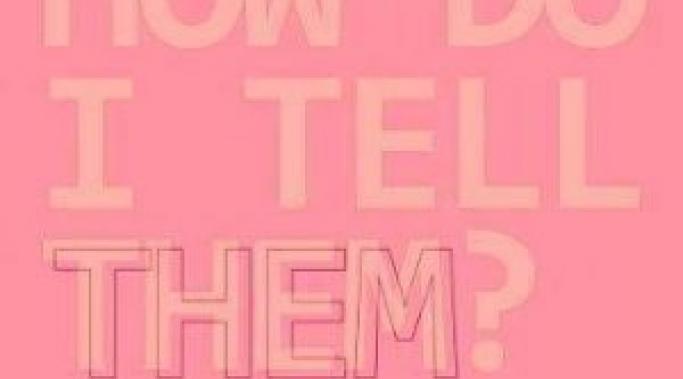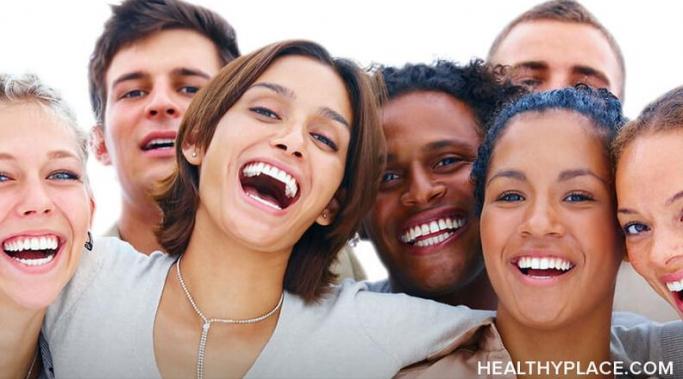No one likes to be rejected. Unfortunately, lesbian, gay, bisexual, transgender and questioning (LGBTQ) people experience a lot of rejection and oppression that lead to depression and other mental illnesses. As a pansexual, I have experienced my fair share of biphobia and homophobia in the past. While it certainly isn’t easy or fun to talk about, raising awareness is the only way of abolishing discrimination towards the LGBTQ community and reduce the rejection queer people face and their depressions.
LGBT - Bisexuality / Pansexuality
Have you ever heard someone say: “It doesn’t matter what your sexuality or gender is! Why label yourself?” Didn’t it feel uncomfortable and kind of, well, wrong? While I do see the implied positivity in those words, I can’t help but frown at the mere mention of them. As someone who identifies as pansexual, I find it offensive. Usually, people who are not lesbian, gay, bisexual, or questioning (LGBTQ) would say something like this. Most often, they are people who are straight or cisgender (someone whose sex matches their gender). Personally, I believe that identifying as LGBTQ is extremely important because it makes us visible rather than invisible. When we decide to come out of the shadows and embrace our true identity, it often has a positive, rewarding effect on our mental health.
Many questions arise when one proclaims that they are bisexual. But what about pansexual? Pansexuality is not a familiar term within people outside of the lesbian, gay, bisexual, transgender, and questioning (LGBTQ) community. I only learned about pansexuality in a feminism class three years ago. I had never heard the term before but when I learned its definition, I immediately came to like it. While I don’t mind identifying as bisexual, I prefer the term pansexual when it comes to my identity. But how are bisexuality and pansexuality different? Aren’t they the same thing?


